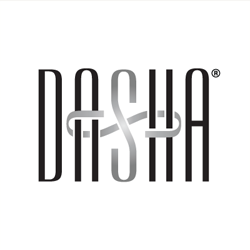Spinal Decompression Therapy is an alternative, FDA-approved approach to alleviating back pain that is neither surgical nor chiropractic in nature. If you have bulging or herniated discs, degenerative disc disease, sciatica, or other problems relating to spinal pressure upon your discs, then you might be a good candidate for decompression therapy.
The Havoc Caused by Compressed Discs
Compressed discs wreak havoc on the body—no doubt about it. In order to understand why decompression therapy works, A patient must have a grasp on what happens in the body when discs are compressed. Pain, numbness, nerve damage, and decreased activity all lead to compromised overall health. DASHA® “independent client providers” see compressed disc patients who generally experience two major kinds of problems.
1. A bulge or herniation that exerts pressure upon nerves.
2. Brittleness of the disc.
For both of these problems, healing requires good circulation and a flow of nutrients to the discs through the bloodstream. Unfortunately, however, the very circulation needed for healing is compromised because of the restricted blood flow the compression causes.
Therefore, the painful problem is perpetuated.
The Decompression Therapy Alternative
Spinal Decompression Therapy, approved by the FDA, is a treatment alternative that has proven to be highly effective for many disc injury sufferers. Decompression Therapy requires no surgery or chiropractic manipulation. Instead, it allows for gentle, incremental decompression of the disc—and the primary tool is simply…a table. Here is what a decompression therapy patient would experience:
1. The patient is strapped to a special decompression therapy table.
2. The therapeutic table moves—and, as it moves, it exerts a computer-controlled amount of force to the area of the spine where the compressed disc lies.
3. Interspersed with the application of this force are periods of relaxation. The gentle, periodic targeting of force upon the spine has the effect of elongating the spine. Essentially, the decompression therapy table allows the spine to pulled apart just enough for the disc to slip back into its proper shape and position
Decompression therapy involves small stretches over time. But over time those minute stretches accumulate enough to allow the repositioned disc to receive nutrients and to heal. The result? A supple, healthy disc that is neither pressing on nerves nor vulnerable to the slightest injury.

